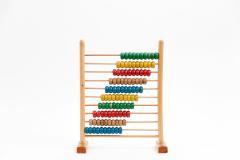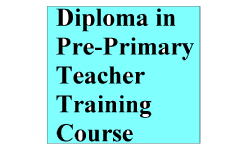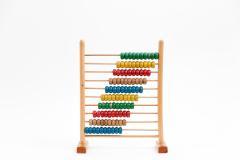Helps in developing skills like counting, addition, subtraction, multiplication, and division.
Cultural Significance: The abacus has a rich cultural history, particularly in Asian countries like China and Japan. It's seen as a symbol of traditional education and is still widely used in educational systems in these regions.
Brain Development: Using an abacus stimulates both sides of the brain and enhances mental agility, concentration, and memory. It's often used as a tool for mental arithmetic, improving calculation speed and accuracy.
Accessibility: Unlike electronic devices, the abacus is low-cost and doesn't require electricity. This makes it accessible to people in areas with limited resources or unreliable power supply.
Versatility: The abacus can be used by people of all ages, from young children learning basic arithmetic to adults practicing mental math or even complex calculations in fields like finance or engineering.
Overall, the abacus remains relevant today because of its effectiveness in teaching mathematical concepts, its cultural significance, and its benefits for brain
Using the abacus as a brain development program involves structured training sessions that focus on mental arithmetic skills. Here's some information on how it contributes to brain development:
Stimulates Both Brain Hemispheres: The abacus requires coordination between the left and right brain hemispheres. The left hemisphere is responsible for logical thinking and analysis, while the right hemisphere is associated with creativity and visualization. Manipulating the beads on the abacus engages both hemispheres, promoting holistic brain development.
Improves Concentration: Learning to use the abacus requires concentration and focus. As students progress through their training, they develop the ability to maintain attention for extended periods, which is beneficial for academic performance and daily tasks.
Enhances Memory: Using the abacus involves memorizing bead positions and performing calculations mentally. This process strengthens memory skills, particularly spatial memory, as students learn to visualize and manipulate numbers on the abacus.
Boosts Problem-Solving Skills: As students tackle increasingly complex calculations on the abacus, they develop problem-solving strategies and critical thinking skills. They learn to break down large problems into smaller, more manageable steps, fostering analytical thinking.
Increases Speed and Accuracy: Regular practice with the abacus improves calculation speed and accuracy. Over time, students become proficient at mental arithmetic, enabling them to perform calculations quickly and efficiently without relying on external aids.
Builds Confidence: Mastering the abacus provides a sense of achievement and boosts self-confidence. As students overcome challenges and achieve proficiency in mental math, they gain confidence in their mathematical abilities, which can translate to success in other areas of life.









